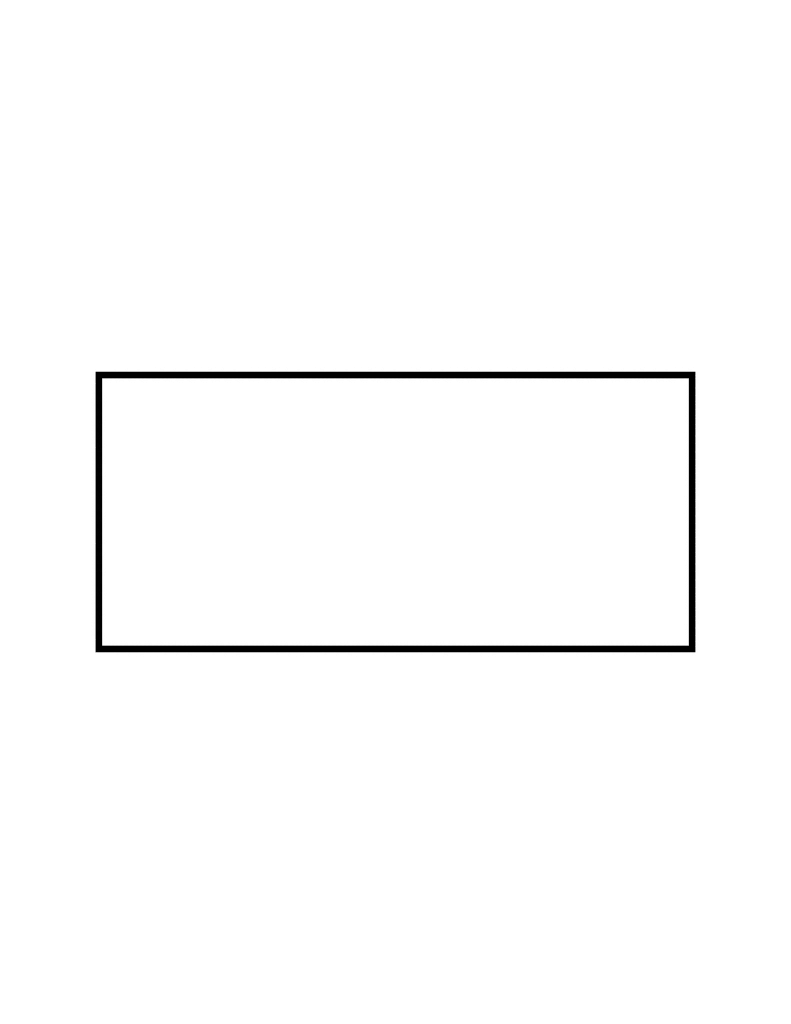

Now, count the number of unit squares in the below figure. Each unit square is a square of length 1 inch. Let us draw unit squares inside the rectangle. For example, let us consider a rectangle of length 4 inches and width 3 inches. We can use the formula of the area of a rectangle to find the space occupied by these objects. Some examples of rectangular shapes are the flat surfaces of laptop monitors, blackboards, painting canvas, etc. In other words, the space occupied by a rectangle is the area of the rectangle. The area of a rectangle is the number of unit squares that can fit into a rectangle. Similarly, if we know the perimeter and length of a rectangle, we can find the breadth using the perimeter formula by substituting the values or we can reframe the perimeter formula as, Breadth = (Perimeter ÷ 2) - Length Breadth of rectangle formula: If we know the area and length of a rectangle, we can find the breadth using the area formula by substituting the values or we can reframe the area formula as, Breadth = Area of rectangle ÷ Length.Similarly, if we know the perimeter and breadth of a rectangle, we can find the length using the perimeter formula by substituting the values or we can reframe the perimeter formula as, Length = (Perimeter ÷ 2) - Breadth Length of rectangle formula: If we know the area and breadth of a rectangle, we can find the length using the area formula by substituting the values or we can reframe the area formula as, Length = Area of rectangle ÷ Breadth.Perimeter of rectangle formula: If we know the length and breadth of a rectangle, we can find the perimeter using the formula, Perimeter of rectangle = 2 (Length + Breadth).Area of rectangle formula: If we know the length and breadth of a rectangle, we can find the area using the formula, Area of rectangle = Length × Breadth.A few rectangle formulas are given below: All rectangles are parallelograms but all parallelograms are not rectangles.Ī rectangle has a few basic formulas which can be noted in order to find the missing or unknown values.

Since the sides of a rectangle are parallel, it is also called a parallelogram.The length of the diagonal with sides a and b is, diagonal = √( a 2 + b 2). The length of the diagonals can be obtained using the Pythagoras theorem.The sum of all interior angles is 360°.The interior angle of a rectangle at each vertex is 90°.The opposite sides of a rectangle are equal and parallel to each other.Some of the important properties of a rectangle are given below. A rectangle can have a wide range of properties. A rectangle is a closed figure which has four sides and the angle formed by adjacent sides is 90°.


 0 kommentar(er)
0 kommentar(er)
